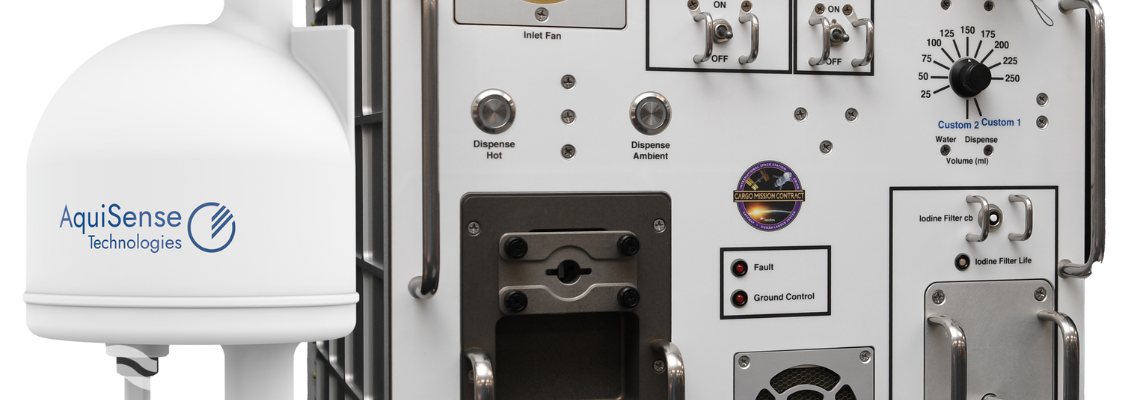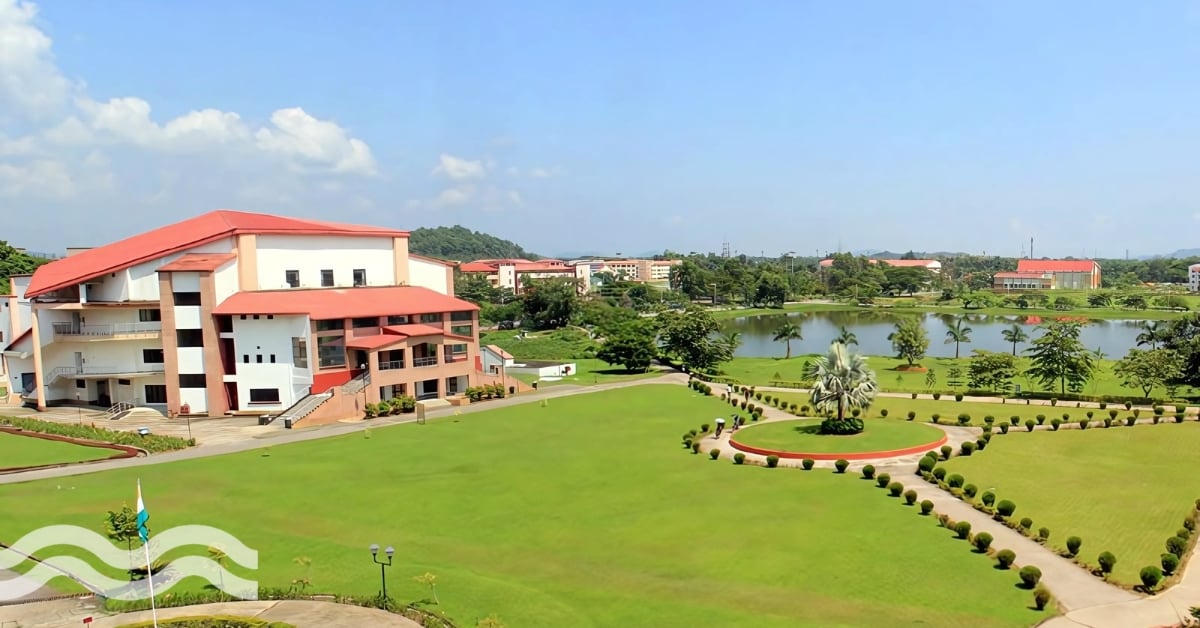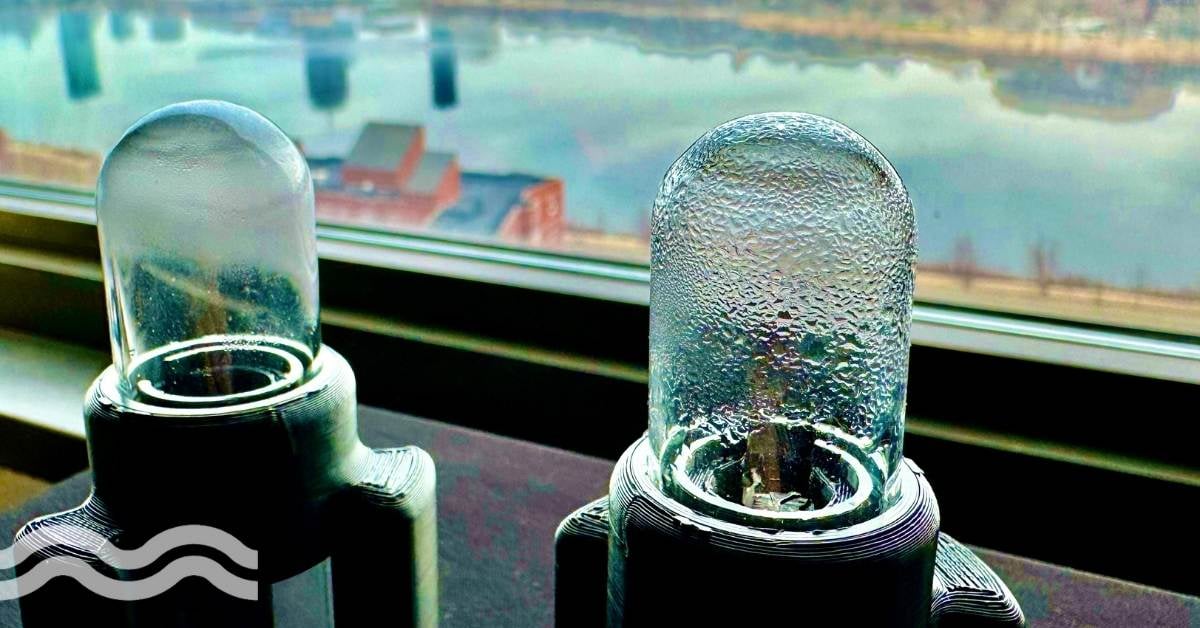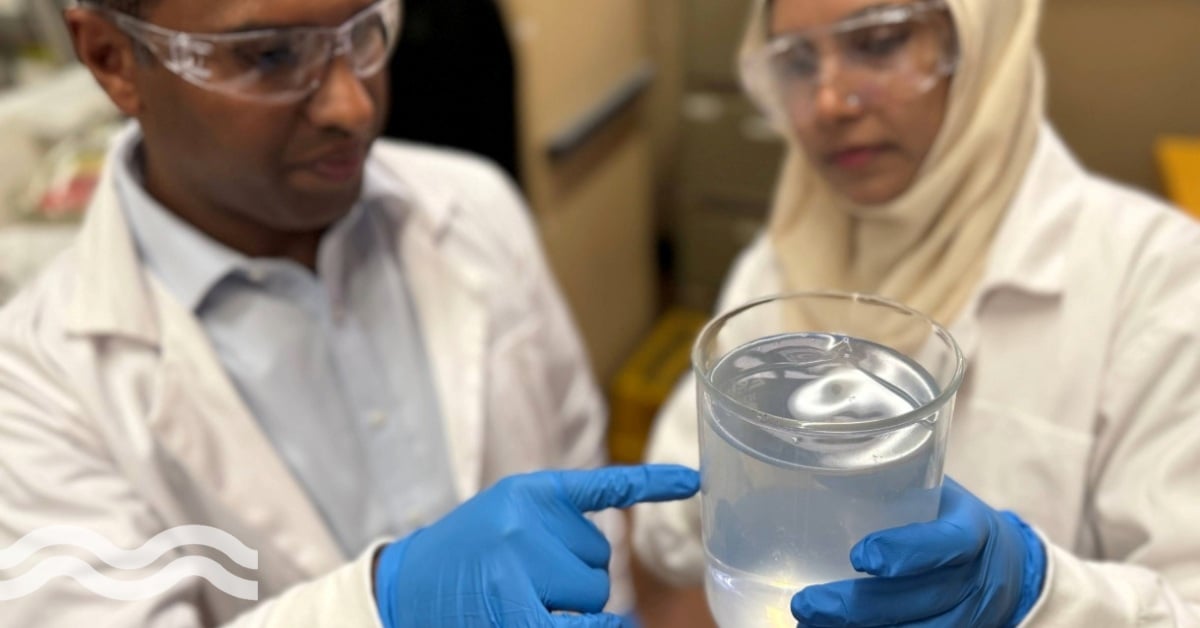UV-C LEDs provide astronauts with clean water in space

Astronauts on the International Space Station are drinking water that meets strict health standards thanks to UV-C LED technology.
What is UV-C LED technology?
UV-C is a type of ultraviolet light that emits radiation in the electromagnetic spectrum between 200-280 nanometres. It is invisible to the human eye and highly effective at neutralising pathogens, such as bacteria, viruses and protozoa. When pathogens are exposed to UV-C light, it stops their DNA from reproducing and duplicating, which means they cannot multiple, and deactivates them in seconds.
The UV-C LEDs (light emitting diodes) are semiconductors that can produce a wavelength of light from a small input of electricity. The ISS uses a PearlAqua Micro point-of-use UV-C LED water disinfection system produced by AquiSense Technologies.
NASA’s Potable Water Dispenser
The UV-C LED disinfection system was fitted into an Exploration Potable Water Dispenser designed by Leidos. The dispenser took three years to design and includes a number of features to ensure an efficient and hygienic drinking water system for the astronauts living and working on the ISS.
For example, as well as the UV-C LED disinfection system, the dispenser includes efficient plumbing line architecture and a novel thermal expansion device. According to Leidos, ‘this allows for fluid thermal expansion without the use of a bellows or reservoir, which are known places for formation of Biofilm and microbial proliferation’.
With UV-C LED purification operating in the extreme environment of the ISS, would it also be a good fit for any future visit to Mars?
Aaron Leber, sales director, Americas and Australasia, AquiSense Technologies told Aquatech Online that the company is currently working on multiple projects with different NASA and ESA contractors.
He added: “LED’s durability and chemical free disinfection are critical components for any type of space application. Cargo space is another factor to consider. Our compact units give the ability to carry enough stock for missions while allowing more cargo room for mission important equipment.”
Benefits of using UV light for clean drinking water
The most common alternative to UV-C LED lamps are mercury-vapor (Hg) lamps. However, UV-C LEDs offer a range of benefits:
UV-C LED technology offers chemical-free disinfection at point-of-use. Mercury-vapor lamps use heavy metals that have a number of environmental and resource costs that are not associated with UV-C LEDs.
Systems like the Aquisense LED system utilised on the ISS have a compact footprint and are energy efficient when compared to mercury-vapor lamps, which makes them ideal for environments that are remote, and where resources and ‘space’ are limited.
UV-C LEDs do not need warming up, they can be turned instantly on and off. They do not transfer heat to the water being treated, which can negate their work. They are also highly adaptable, for example, certain pathogens will be damaged by different wavelengths in the UV-C range, and the LEDs can be configured precisely to work on the specific microorganism that needs to be eliminated.
Future applications of UV-C LED technology
The technology is advancing all the time, with higher performing LEDs being produced. Leber added that this is driving development, from smaller point of use applications, like the one used on the ISS, all the way to industrial and municipal disinfection systems.
He added: “In addition to the multiple operational advantages over Hg systems, LEDs are very durable, compact and have selectable wavelengths. This enables and gives flexibility to UV-C applications that were previously not available or desirable due to the Hg size and wavelength limitations.”
The UV-C LED system used on the ISS involves water purification under extreme conditions, but there are also places on earth where the system operates in what hostile environments, like the Las Vegas Valley Water District.
Leber added: “We also will also undertake a very niche project in an environment where we will be engineering against extreme conditions that we had never considered before. We are very excited for this first of its kind project and look forward to speaking about this in the future.”


